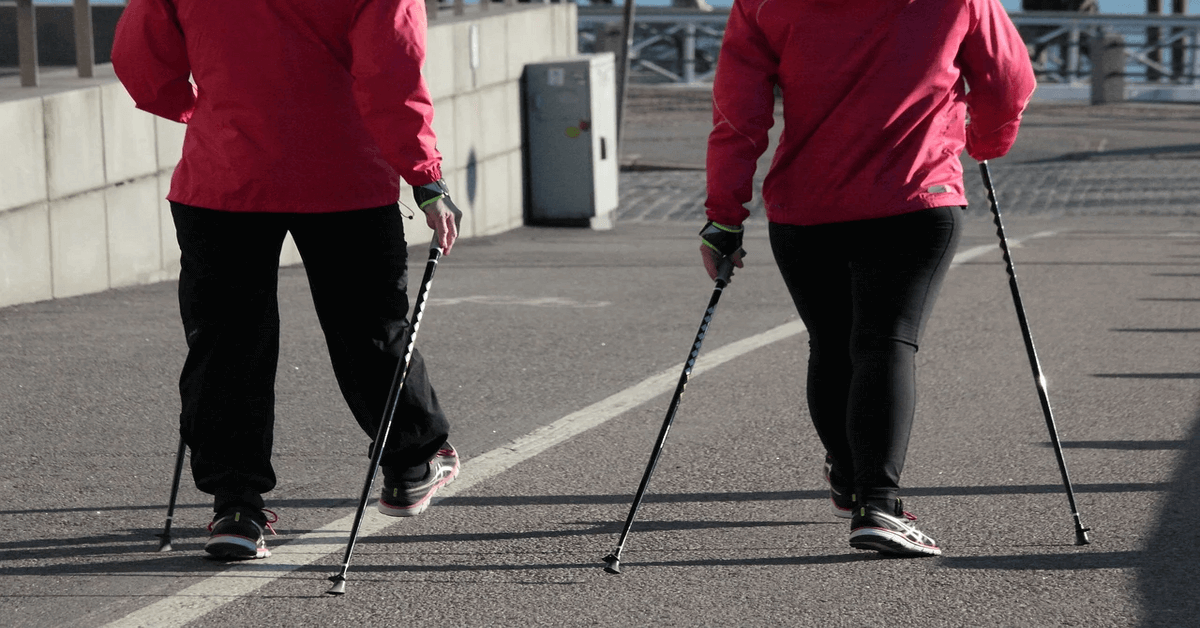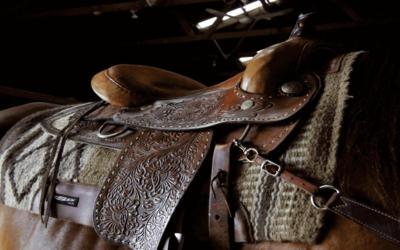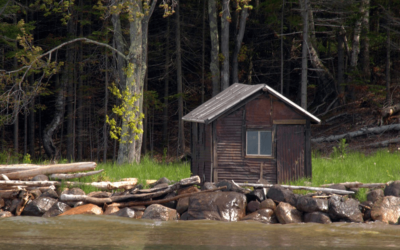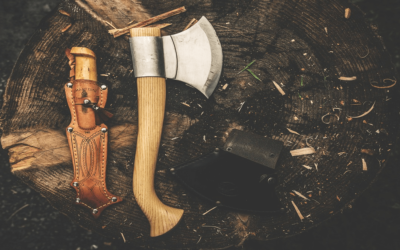A trekking pole is a piece of stick harnessed with a convenient wrist-like strap handler. This important hiking accessory helps adventurous to navigate different terrains with ease. They are adjustable and thus can be shortened or elongated to be more useful.
Carbon Fiber vs. Aluminum Trekking Poles: Which Is Better?
Two types of trekking sticks exist, the carbon and aluminum kind. These are the two main metal elements used to make these vital hiking tools. But, what’s the difference between the two? How do they differ? Which is the better option? What are the ideal conditions for using each?
In this guide, we are going to compare Carbon fiber vs Aluminum trekking poles in details in order to help you choose the right one that suits your needs.
Why Trekking poles?
These two kinds of tools help hiking enthusiasts navigate terrains with ease while guaranteeing safety. They help adventurers move forward by harnessing power to their arms. This eases the burden subjected to legs especially when climbing. When moving down a hilly terrain, these hiking tools help control and harness slow movement. In flat terrains, they help increase the speed of the hiker keeping him or her in high spirits.
These important hiking tools are vital in reducing tension between a hiker’s legs and joints. Importantly, they aid and harness movement of hikers when climbing or moving downhill. Check our trekking guide for beginner’s to learn how to use trekking poles like an expert for a safe & comfortable trek.
Carbon Fiber Poles: Here’s What To Know
Carbon made poles are lightweight and weigh about 20 ounces a pair. They are cheap and thus affordable to most hikers. Contrary to these benefits, they are fragile and break easily.
Abrasion is a major cause for breakages in carbon sticks due to withstanding forces. A broken one is cumbersome to repair and this calls for the need to get a replacement soon.
Pros
- The sport shafts are lightweight and made of durable carbon material making them ideal for adventuring many miles.
- Carbon fiber poles can be adjusted to users liking level. Users can shorten or elongate them to a convenient and suitable level.
- Exceptionally comfortable and don’t vibrate when being used. This gives users the best hiking experience and enhanced maneuverability.
- When used, they don’t flex or add much support more so climbing a hilly terrain. They are suitable for hikers covering a vast extensive area.
- Suitable for fast climbers as they are lightweight and add support essential for moving fast.
Cons
- The cost for purchasing the Carbon fiber trekking poles is higher compared to the aluminum kind.
- In terms of design, carbon fiber poles are much fragile than aluminum poles. Once they break, it’s impossible to repair and the only option left is to replace them.
- During cold weather conditions, they tend to brittle affecting the overall appearance of the tool.
Conditions favoring the use of carbon poles
Carbon poles like we said earlier are lightweight and suitable for people carrying an average weight. If you like speed, then this is the right lightweight trekking poles to use. It will help you climb further and save precious time to adventure other places.
Also, the carbon-affiliated hiking tools work best for people covering an extensive area. Although they tend to be fragile, they possess immense benefits suitable for people of different ages. Young, amateur and senior outdoor enthusiasts are suited to this type of pole.
Aluminum Trekking Poles: All You Need to Know
Aluminum-based sticks are much heavier than carbon ones. For hiking enthusiasts with heavy load, aluminum-made sticks improve overall movement.
Aluminum material is resistant to extreme weather conditions making this type an all-year outdoor tool. On the other side, aluminum manufactured type is quite expensive but worth every penny spent.
Pros
- Aluminum navigating tools are cheap compared to the Carbon fiber kind. Getting an aluminum-based one is affordable and doesn’t drain the user wallet.
- When bent, the aluminum poles can be re-straightened and returned to the former self. Carbon fibers when bent or broken can’t be repaired.
- Compared to carbon fiber tools, the aluminum poles are more resilient to extreme hot and cold weather conditions. Whether it’s extremely hot or cold weather conditions, aluminum stick will serve you to the end.
- Aluminum poles usually last for a longer duration compared to carbon fiber trekking poles.
Cons
- Aluminum-made poles are much heavier and weigh around 2.8 to 3.0 ounces when compared to regular carbon fiber one.
- Since aluminum is a metal, the poles tend to vibrate making it uncomfortable for users to reliably use them. If you are navigating an uphill terrain and you lack shock absorbers, it can quite be disturbing.
When to use aluminum poles?
Aluminum poles have strong shafts ideal for hikers carrying a heavy backload. These metallic poles usually handle a much heavier load compared to carbon-based ones. As such, they can be subjected to harsh road terrains and perform exceptionally.
Aluminum is a strong metal and if you like subjecting much weight on the pole, this metallic beast is a perfect fit. Also, hikers with heavier bodies experience great hiking time by utilizing aluminum poles.
Be it extremely hot or cold, the aluminum poles never disappoint. Aluminum metal is resilient to extreme weather conditions making it suitable for people hiking under rogue weather conditions. If you are looking for a durable hiking tool, look no further but at this kind of pole.
Verdict
When choosing a suitable hiking tool the purpose and budget of the user is key. Carbon-based poles are quite cheap and lightweight. If you want to hike an extensive area and in a fast manner, carbon-based poles are a good option.
Aluminum poles are suited for rough terrains. Also, they are resilient to harsh weather conditions. Aluminum metal is sturdy and in case a pole bends or breaks, you can repair it conveniently. Compared to carbon-made poles, aluminum types are expensive and have a longer life.
All in all, both carbon and aluminum poles are great for hiking. Choose a convenient type before embarking to hike to experience the best adventure. Importantly, affiliate yourself with a recognized brand trekking poles. If you have any recommendations or questions leave it in a comment and our team will respond in less than 24 hours.
I appreciate your support… Stay Safe Mate!










